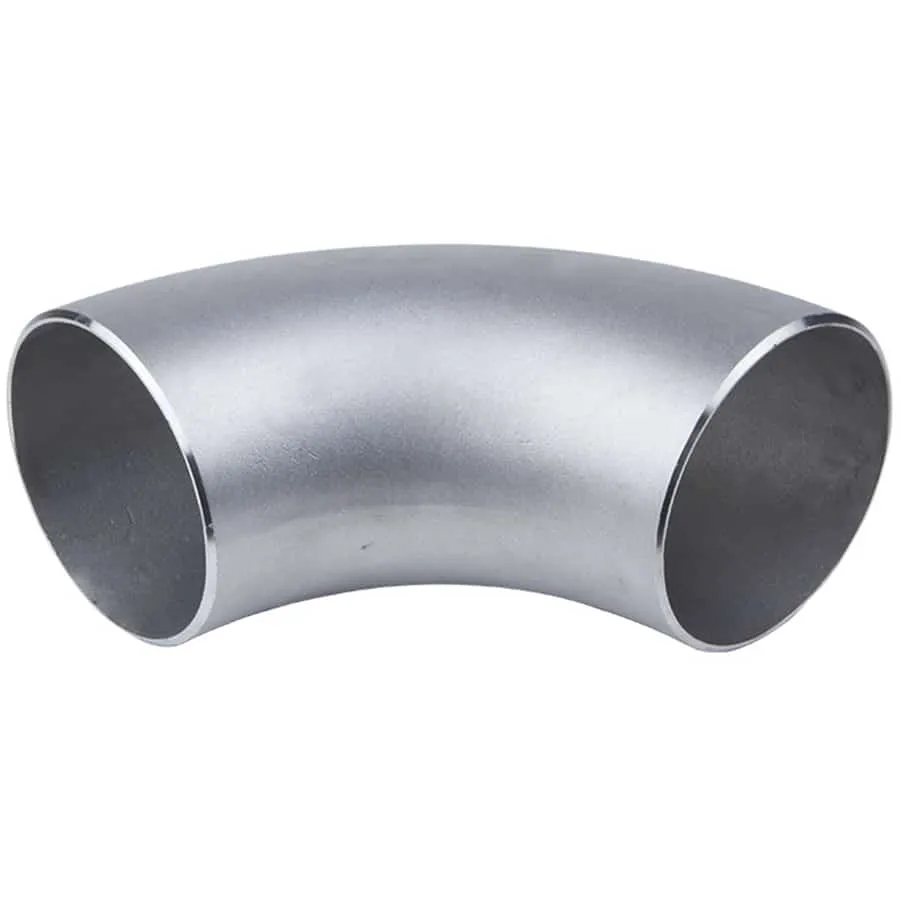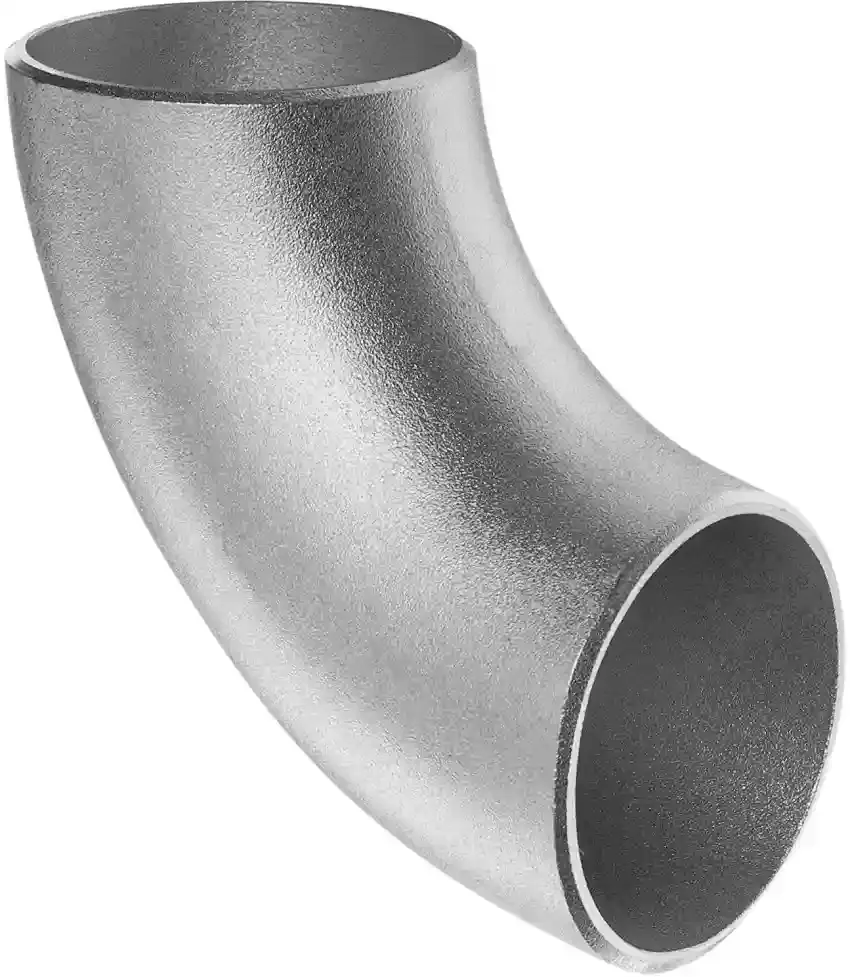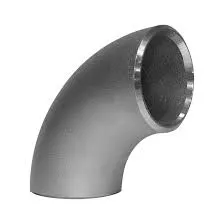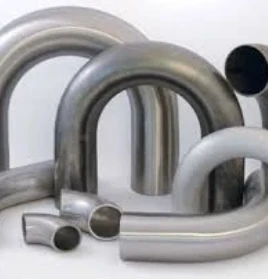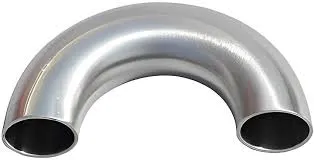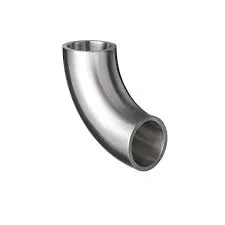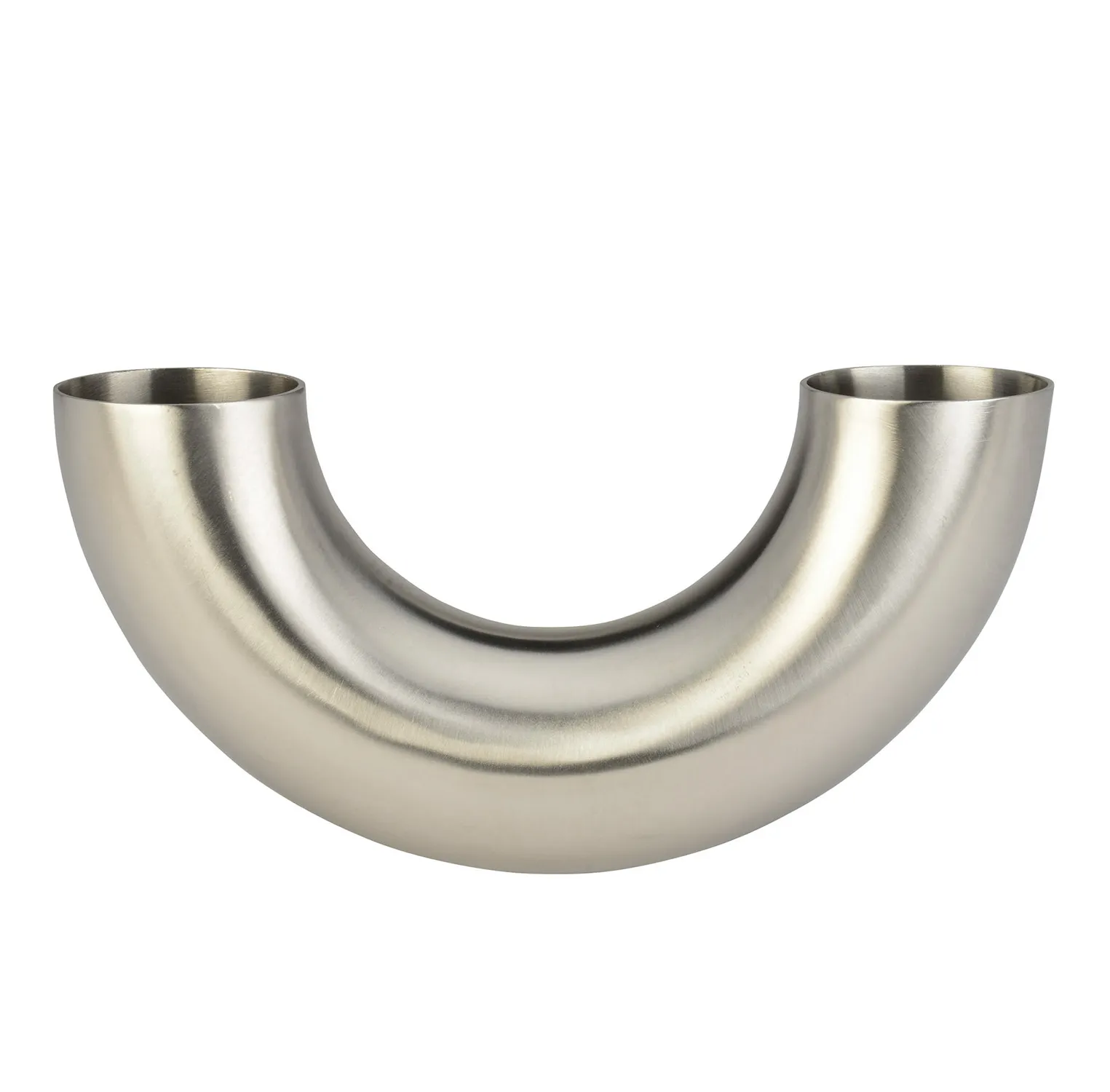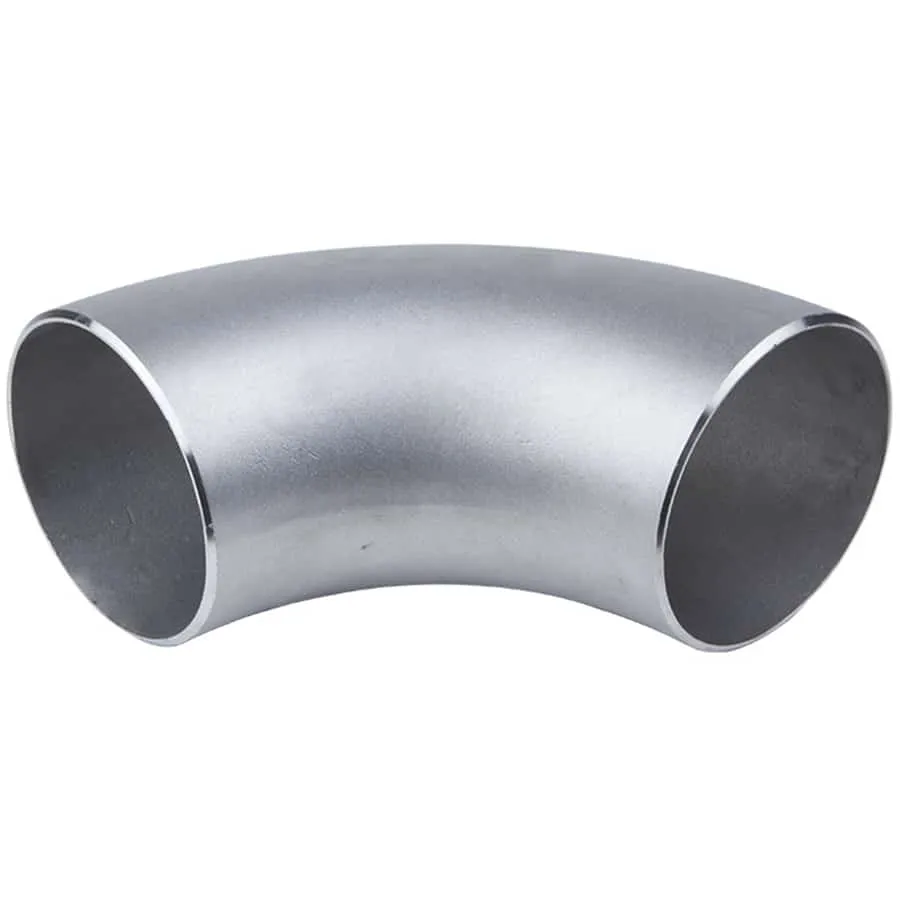Steel pipe elbow is a key parts in a piping system for to change the fluid flow direction. It is used to connect two pipes with same or different nominal diameters, and to make the pipe turn to a certain direction of 45 degree or 90 degree.
How many types for the steel pipe elbow?
Elbow could be ranged from direction angle, connection types, length and radius, material types.
Classified by Direction Angle
As we know, according to fluid direction of the pipelines, elbow can be divided into different degrees, such as 45 degree, 90 degree,180 degree, which are most common degrees. Also there has 60 degree and 120 degree, for some special pipelines.
What is Elbow Radius
The elbow radius mean curvature radius. If the radius is the same as pipe diameter, it called short radius elbow, also called SR elbow, normally for low pressure and low speed pipelines.
If the radius is larger than pipe diameter, R ≥ 1.5 Diameter, then we call it a long radius elbow (LR Elbow), applied for high pressure and high flow rate pipelines.
90 Degree Steel Pipe Elbow
90 degree steel pipe elbow functioned to change fluid direction by 90 degree, so also named as vertical elbow. It is the common degree in all the pipeline systems and used most in all different degree of elbows. (As it is convenient to suit to steel construction and structural.)
45 degree elbow of long radius
The pipe elbow is mounted between two pipes so that the fluid direction can be changed to 45 degrees. Compared to 90 degree elbow, 45 degree elbow produces less friction, and with the lower pressure.
45 degree elbow of short radius
SR Elbow in 45 degree is usually attached to copper, plastic, steel, cast iron and lead, and can also be connected to stainless and rubber fixtures. It is widely used in chemical, food, water supply facilities, electronic industry, chemical pipelines, horticulture, agriculture production, solar equipment pipelines, air conditioning pipeline and other fields.
180 Degree Steel Elbow
180 Degree steel elbow helps change direction at 180 degrees, since it usually results in low pressure. Its application is limited to minimal deposition and low turbulence system.







